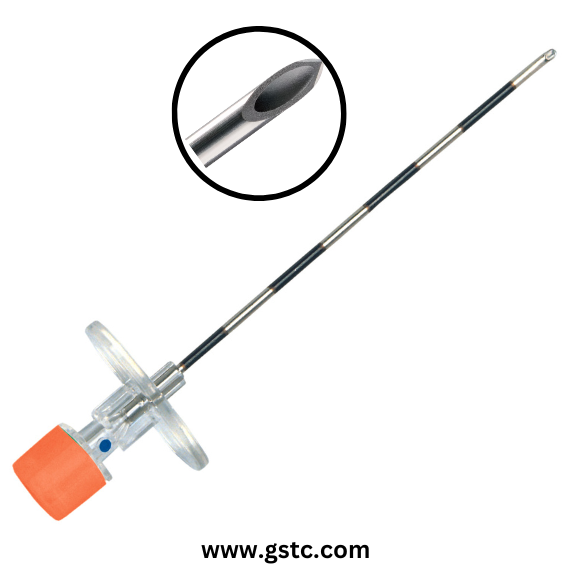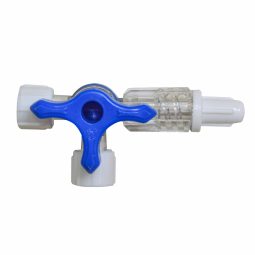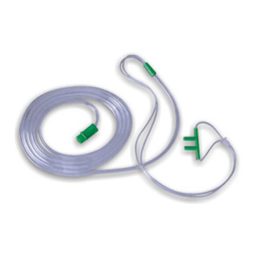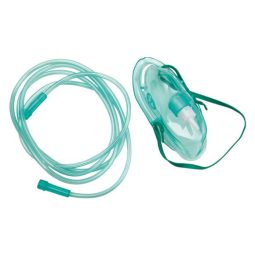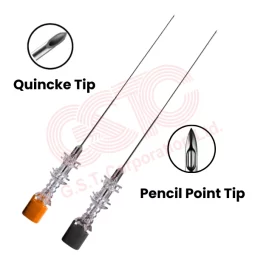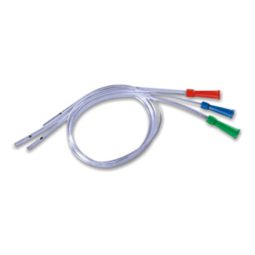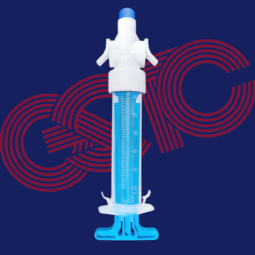Description
An Epidural Needle is special needle. It is used to place thin plastic tube called an epidural catheter into the epidural space. This space is outside the dura mater, which protects the spinal cord. The procedure lets doctors deliver anesthesia or the pain medication close to the spinal nerves. This effectively blocks pain signals from reaching to the brain.Also, check out our Spinal Needle product for medical procedures.
Features of Epidural Needle
- Blunt Tip with Beveled Edge – Lowers the risk of puncturing the dura mater and leaking CSF. This makes needle placement safer and easier.
- Broad Gauge & Length Range – Available in 16G–27G and standard lengths of 8 cm–10 cm. This range suits both adult and child use.
- Premium Stainless Steel – These needles are made from medical-grade stainless steel. They provide the strength, accuracy, and the bend resistance, outperforming standard-grade options.
- Smooth Needle Bore for Catheter Placement – Designed for effortless catheter insertion without damage, ensuring reliable drug delivery.
- Clear Hub for Precise Positioning – The transparent hub lets you easily see fluids or air. This improves accuracy during procedures.
Uses of an Epidural Needle :
- Labor Pain Relief
- Surgical Anesthesia
- Post-Surgical Pain Relief
- Regional Anesthesia
EPIDURAL NEEDLE Versus SPINAL NEEDLE
| Aspect | Epidural Needle | Spinal Needle |
| Purpose | It is used to deliver medication into the epidural space outside the dura mater. | It is used to inject medication directly into the cerebrospinal fluid (CSF) in the subarachnoid space. |
| Tip Design | It is blunt, non-cutting tip (e.g., Tuohy needle) to prevent dura puncture and allow epidural catheter placement. | It is fine, sharp or pencil-point tip (e.g., Quincke, Whitacre) designed to pierce the dura for precise CSF access. |
| Medication Delivery | Medication spreads in the epidural space for gradual, broader pain relief. | Medication directly enters the CSF, providing rapid onset and a more defined sensory block. |
Why Choose Us?
- India’s Trusted Leader: GSTC is India’s leading manufacturer and exporter of Medical Disposable & ANAESTHESIA DISPOSABLES with over 60 years of experience, serving clients in 30+ countries.
- Material Quality: our epidural needle is made from medical-grade stainless steel for durability and precision.
- Reliable Delivery: We are leading epidural needle Manufacturer, ensuring your orders are delivered on time.
